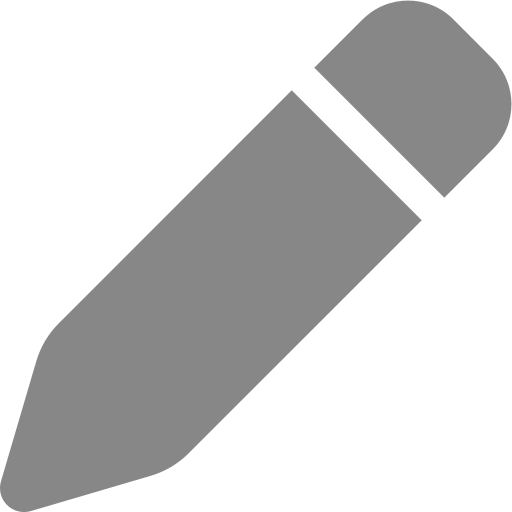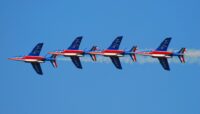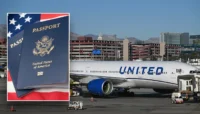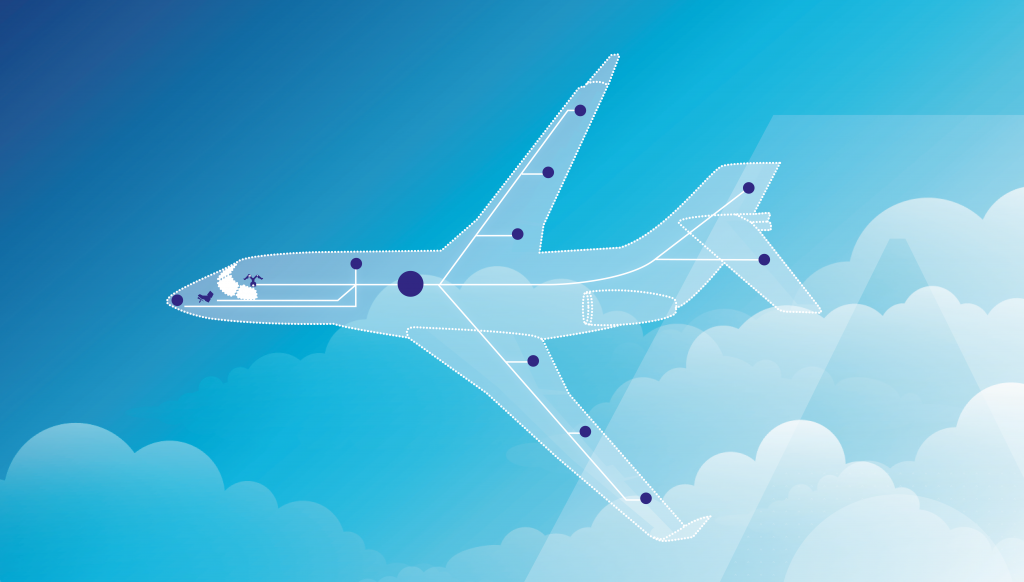When you step onto a modern airliner, you probably don’t think about how the plane actually responds to the pilot’s inputs. You assume the controls are directly connected to the aircraft’s surfaces, like in older planes. But in reality, a system called Fly-By-Wire (FBW) is making most of the magic happen.
This technology, now standard in commercial and military aviation, has revolutionized the way pilots fly. But what exactly is Fly-By-Wire, and why is it such a game-changer?
What is Fly-By-Wire?
Fly-By-Wire (FBW) is a computer-controlled flight control system that replaces traditional mechanical linkages with electronic signals. In older aircraft, pilots controlled surfaces like the ailerons, elevators, and rudder using cables, pulleys, and hydraulic systems. These mechanical setups were reliable but heavy and required constant adjustments by the pilot.
FBW replaces these physical connections with digital computers and electrical wiring. When a pilot moves the sidestick or yoke, sensors send signals to a computer, which processes them and then commands the appropriate flight control surfaces.
Why is FBW So Important?
1. Increased Safety
One of the biggest advantages of FBW is flight envelope protection. The system prevents pilots from exceeding the aircraft’s safe limits—such as over-banking or stalling—by automatically adjusting control inputs. This means that even in extreme situations, the aircraft remains within safe handling parameters.
2. Lighter and More Efficient Aircraft
By eliminating heavy mechanical linkages, FBW significantly reduces an aircraft’s weight, leading to better fuel efficiency and lower operating costs.
3. Enhanced Stability and Handling
FBW allows for auto-trimming, meaning the aircraft can maintain stable flight without constant manual corrections. This is especially beneficial for modern fly-by-wire fighters and commercial jets, allowing for smoother and more efficient flight.
4. Redundancy and Reliability
FBW systems are redundant, meaning they have multiple backups. If one flight computer fails, others take over to ensure safe operation. This makes them more reliable than mechanical systems, which can suffer from wear and tear over time.
The Evolution of Fly-By-Wire
The concept of FBW began in military aviation, with the Apollo Lunar Module being one of the earliest examples of a digital flight control system. The first commercial jet to feature FBW was the Concorde, which had an analog system. However, Airbus pioneered the first fully digital FBW system with the A320 in 1988.
Today, almost every modern aircraft—from the Boeing 787 Dreamliner to the Airbus A350—relies on FBW technology. Even fighter jets like the F-35 and Eurofighter Typhoon depend entirely on FBW for their extreme maneuverability.
FBW: The Future of Aviation
Fly-By-Wire is more than just an innovation—it’s a fundamental shift in how aircraft are controlled. As technology advances, we’ll see even more sophisticated versions of FBW integrated with Artificial Intelligence (AI) and automation, further reducing pilot workload and enhancing safety.
Next time you board a plane, remember: behind that smooth, controlled flight is an advanced system that ensures you reach your destination safely and efficiently.
What do you think about Fly-By-Wire? Is it the future, or do you prefer the hands-on feel of mechanical controls? Let’s talk in the comments below!








